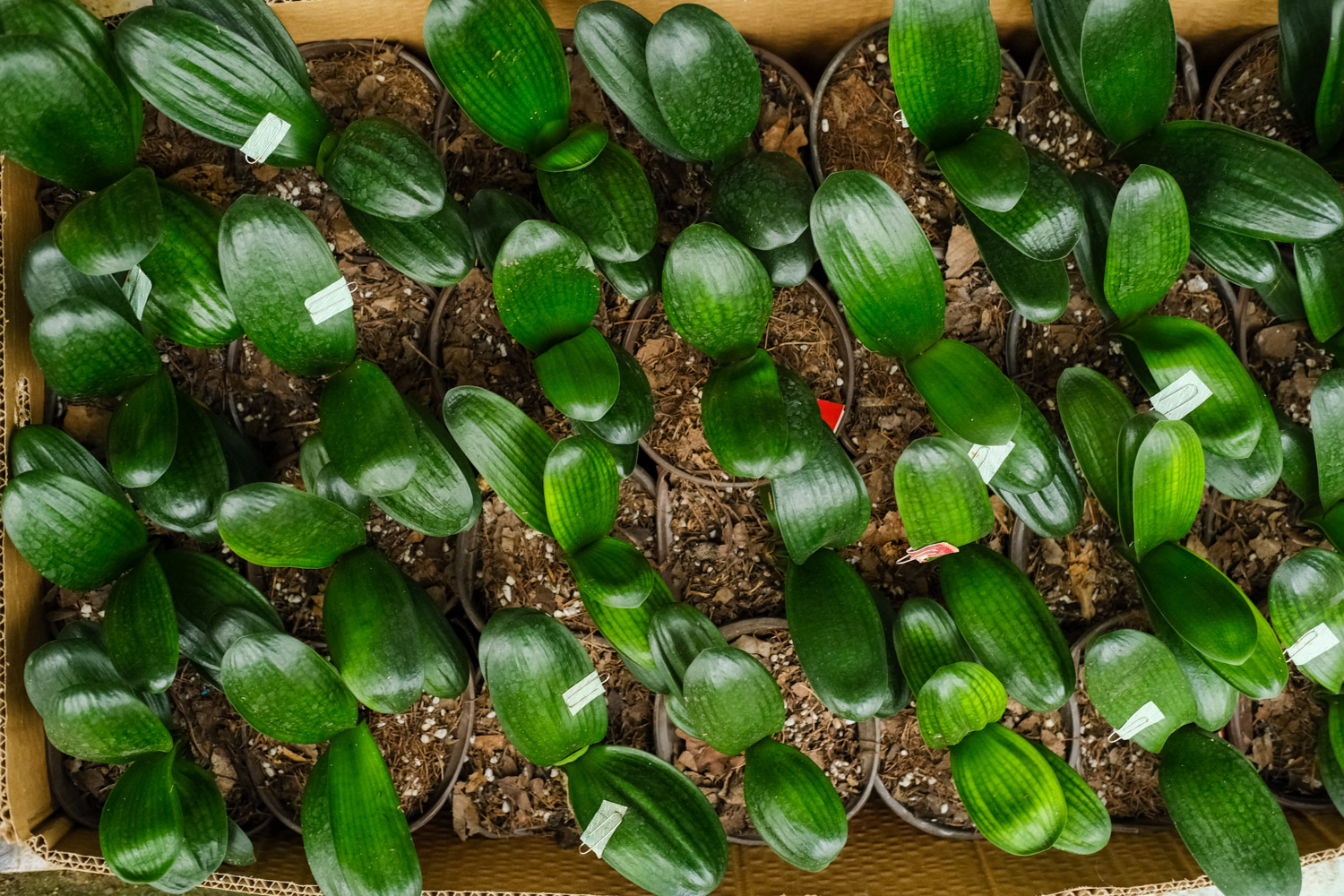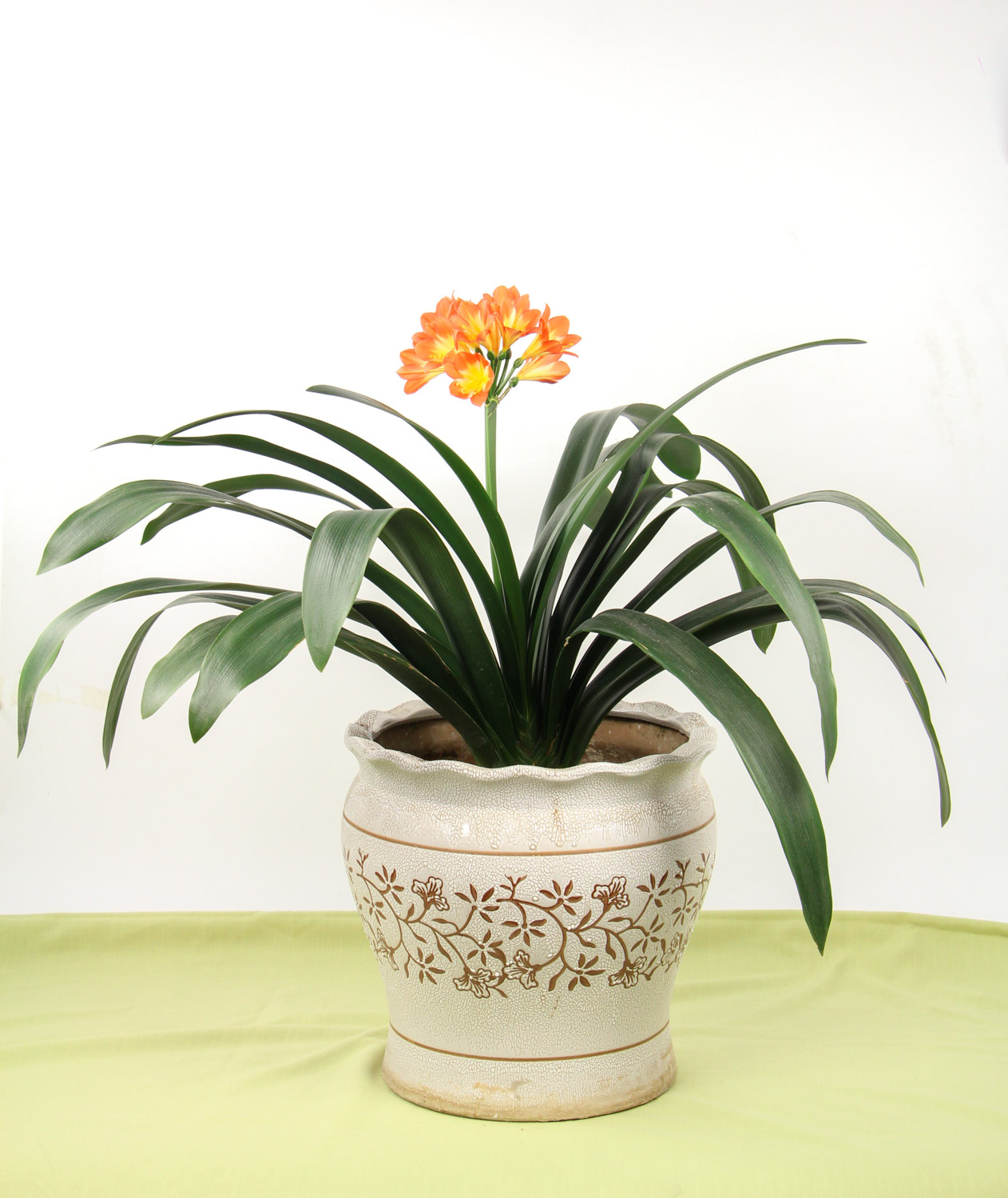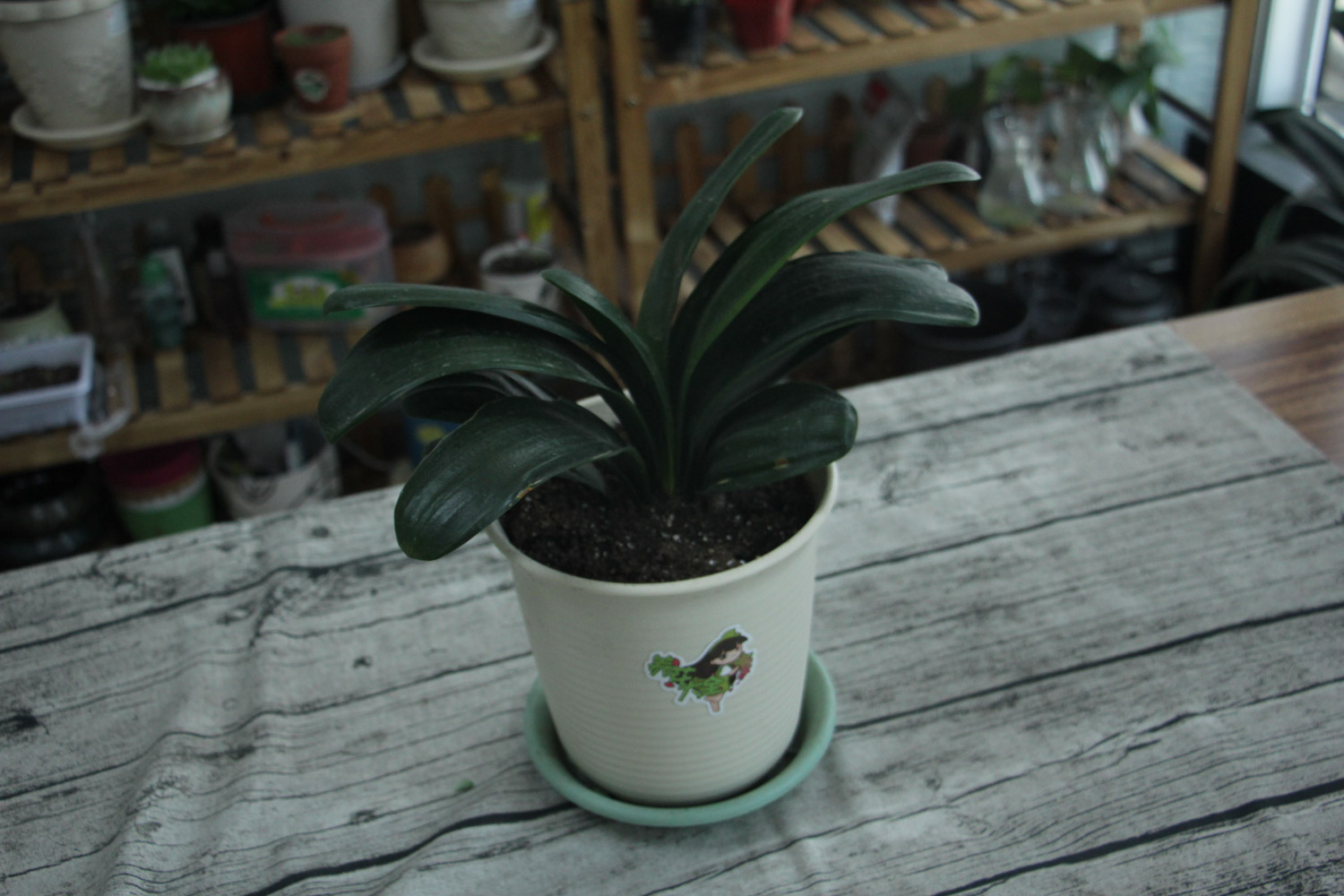Pay attention to breeding Clivia in winter
1. Fertilization. Clivia grows fastest in winter and needs the most nutrients. Therefore, it is very important to apply winter fertilizer well. Before entering the house, the flowerpot shall be watered with bone meal, fried sesame, cooked soybean or compound fertilizer every 15 to 20 days, or the roots can be watered with animal and plant residue soaking solution. The fertilizer shall be applied lightly when it is mature to prevent the damage of concentrated fertilizer.
2. Water. Clivia is a fleshy root. It is angry and afraid of water stains. In addition, Clivia leaves have waxy layer, low temperature in winter and less water transpiration and evaporation. Therefore, the watering should not be too much. It only needs to be combined with fertilization and watering to keep the basin soil moist. Do not flood irrigation, resulting in rotten roots and dead seedlings

3. Insulation. The most suitable growth temperature of Clivia is 15 ℃ to 25 ℃, the growth stops at 10 ℃ and is damaged by freezing at 0 ℃. Therefore, it is necessary to keep warm and antifreeze in winter. After the flower stem is extracted, it is appropriate to maintain about 18 ℃. When the temperature is too high, the leaves and flower moss are thin, the flowers are small, the quality is poor, and the flowering period is short; The temperature is too low and the flower stem is short, which is easy to clip arrows and premature birth (flowering), affecting the quality and reducing the ornamental value.
4. Dimming. Clivia likes scattered light and avoid direct strong light. For indoor maintenance in winter, the flowerpot should be placed in a place with sufficient light. Especially before flowering, there should be good light, which is conducive to the development of flower buds. Avoid strong light and keep good ventilation after flowering.

5. Leaf protection. The healthy Clivia is characterized by fat leaves and strong flowers, green leaves and colorful flowers, short, wide, thick, green, bright and straight leaves, which is the basis for promoting flowering and improving ornamental value. To maintain strong leaf quality, in addition to providing reasonable fertilizer and water, the leaf surface must be kept clean to improve photosynthetic efficiency
Leaf protection methods: first, wash the leaves regularly, spray the same water to wash or wipe the dust on the polluted leaves, and keep the leaf surface clean; Second, spray fungicides in time to prevent leaf spot disease, leaf blight and stem rot, and ensure that the leaves are green and the flowers are gorgeous

Clivia is afraid of high temperature. In midsummer, the temperature is often above 30 ℃, which is extremely unfavorable to the growth of Clivia. Therefore, shed cooling is commonly used. You can also bury the Clivia with the basin in the sand (bury the basin), and then sprinkle water on the sand every morning and evening. In this way, the basin soil can be kept wet, and more importantly, the endothermic effect of water evaporation in the sand can be used to achieve the purpose of cooling. Make Clivia spend the hot summer safely< span>

 how many times do yo...
how many times do yo... how many planted tre...
how many planted tre... how many pine trees ...
how many pine trees ... how many pecan trees...
how many pecan trees... how many plants comp...
how many plants comp... how many plants can ...
how many plants can ... how many plants and ...
how many plants and ... how many pepper plan...
how many pepper plan...





























